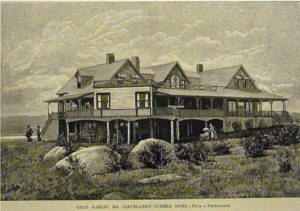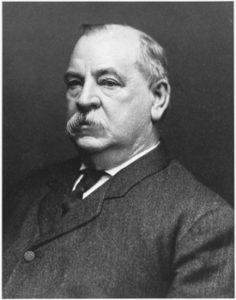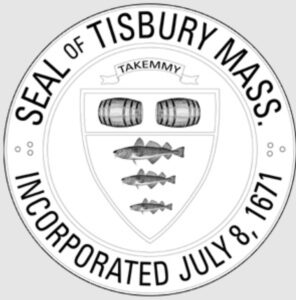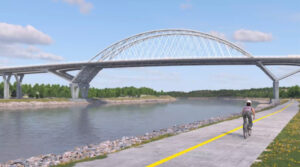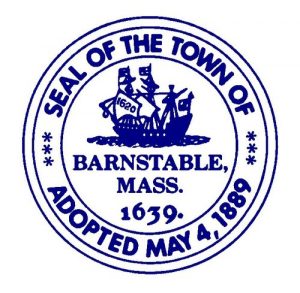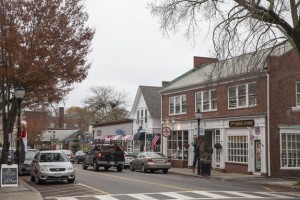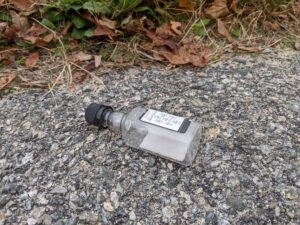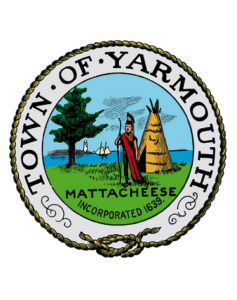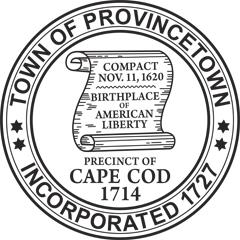In the 20th and 21st centuries it has been fairly common for Presidents of the United States to spend time on Cape Cod. Barack Obama and Bill Clinton more recently have taken vacations on Martha’s Vineyard, while John F. Kennedy stayed at his family compound in Hyannis Port. Several other sitting presidents have visited the Cape and Islands, men like Ulysses S. Grant, Theodore Roosevelt, and William Taft.
However, did you know that there first ‘Summer White House’ did not belong to John F. Kennedy? It belonged to Grover Cleveland, the only president to serve two non-consecutive terms in office. Cleveland was elected to his first term in office in 1884, serving from 1885-89. He was defeated in 1889 by Benjamin Harrison briefly returning to life as a private citizen.
The New Jersey native Cleveland’s love of Cape Cod began during his first term as President. His family would rent a home in nearby Marion and visit the Cape frequently with his friend, actor Joseph Jefferson. Jefferson was well known for his role as fictional character Rip Van Winkle both on stage, and later in one of the earliest motion pictures in 1896.
It was during these initial visits that Cleveland explored his love of fishing by making use of the Cape’s ample waters. The summer of 1889 saw the former President gallivant all across the Cape from Hyannis to Chatham by train. Cleveland and his wife Frances were falling in love with Cape Cod and wanted to be more than just vacationers. In May 1890, after visiting Joseph Jefferson’s summer home on Buttermilk Bay in Wareham, Grover Cleveland decided to make his dream a reality.
Cleveland would set his sights on the town of Bourne, near which he had enjoyed fishing. The home which he purchased for $20,000 ($517,000 today) lay along the Monument River at the end of present-day Presidents Road. It was built in 1880 and had been named ‘Tudor Haven’ after the Tudor family which had originally owned it. Cleveland would rename the home Gray Gables and spend his first summer there in 1891.
Despite his status as a then-ex President residents tried to pull Cleveland into local politics. This was apparent in 1891 when debates raged over whether or not to build a bridge across Cohasset Narrows connecting Buzzards Bay to Wareham. Cleveland and Joseph Jefferson would remain neutral in terms of the bridge which would be built that same year.
The Cleveland family would lose themselves in the laid back lifestyle Cape Cod had to offer. That being said Grover’s escapades on the Cape during his residency would be well documented including the newspapers reporting where he sailed his boat on Buzzards Bay and how many fish he would catch. In addition, when ‘Baby Ruth’ Cleveland was born in 1891 there were daily deliveries of packages and letters addressed to both baby and parents. Even though he enjoyed the simpler life Cleveland could not fully escape the celebrity of being a former President.
In 1892 Grover Cleveland would be elected President for a second time. Gray Gables would become the first Summer White House on Cape Cod. That same year out of necessity a small railroad station was built a half-mile away on Monument Neck Road to assure fast service back to Washington D.C. He would also have a telephone line installed in 1892. The duties of the presidency would not stop his love of Cape Cod, Cleveland would continue to find as much time as his responsibilities would allow to visit Gray Gables in Bourne. He would serve his second term from 1893-97, retiring after leaving the White House.
In addition to the beautiful summers spent on the Cape memories were made with two children being born to Grover and Frances during the time of their ownership of Gray Gables. As the 20th century dawned it appeared as though the Cleveland Family would become even more deeply engrained in everyday life on Cape Cod. However two major events would happen that would cut those dreams short.
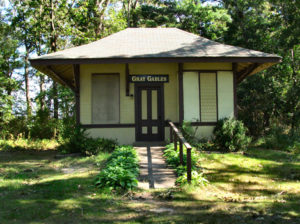
A Present day photo of the Gray Gables Railroad Station, located on the grounds of the Aptucxet Trading Post
In 1904 Cleveland’s daughter Ruth died of diphtheria at the age of thirteen. It was around this same time that rumors began to swirl about the possibility of a Cape Cod Canal being dug, passing through Gray Gables’ backyard. Not wanting to deal with years of construction close by and heartbroken over the death of his daughter Grover Cleveland would make the summer of 1904 his last on Cape Cod. The family would rent out Gray Gables after that.
Grover Cleveland died in 1908 with his son Richard selling Gray Gables in 1920. It would become a restaurant and hotel for decades before burning down in a fire in December 1973. The Gray Gables railroad station would be purchased by the Bourne Historical Society and moved from its original location to the grounds of the Aptucxet Trading Post in 1976 where it resides to this day ironically adjacent to a smock windmill which once sat on the grounds of Joseph Jefferson’s summer home on Buttermilk Bay. Cleveland Ledge Lighthouse, which was built in 1943 and sits two miles off the coast of Falmouth, was named for the former President and sits in an area where he reportedly used to fish.
The Kennedy Compound may be the more famous of the Summer White Houses yet the importance of Grover Cleveland and his family and their connection to Cape Cod is apparent with several places named in his honor including the neighborhood of Gray Gables in Bourne assuring his legacy will last forever on the peninsula.
By Christopher Setterlund




